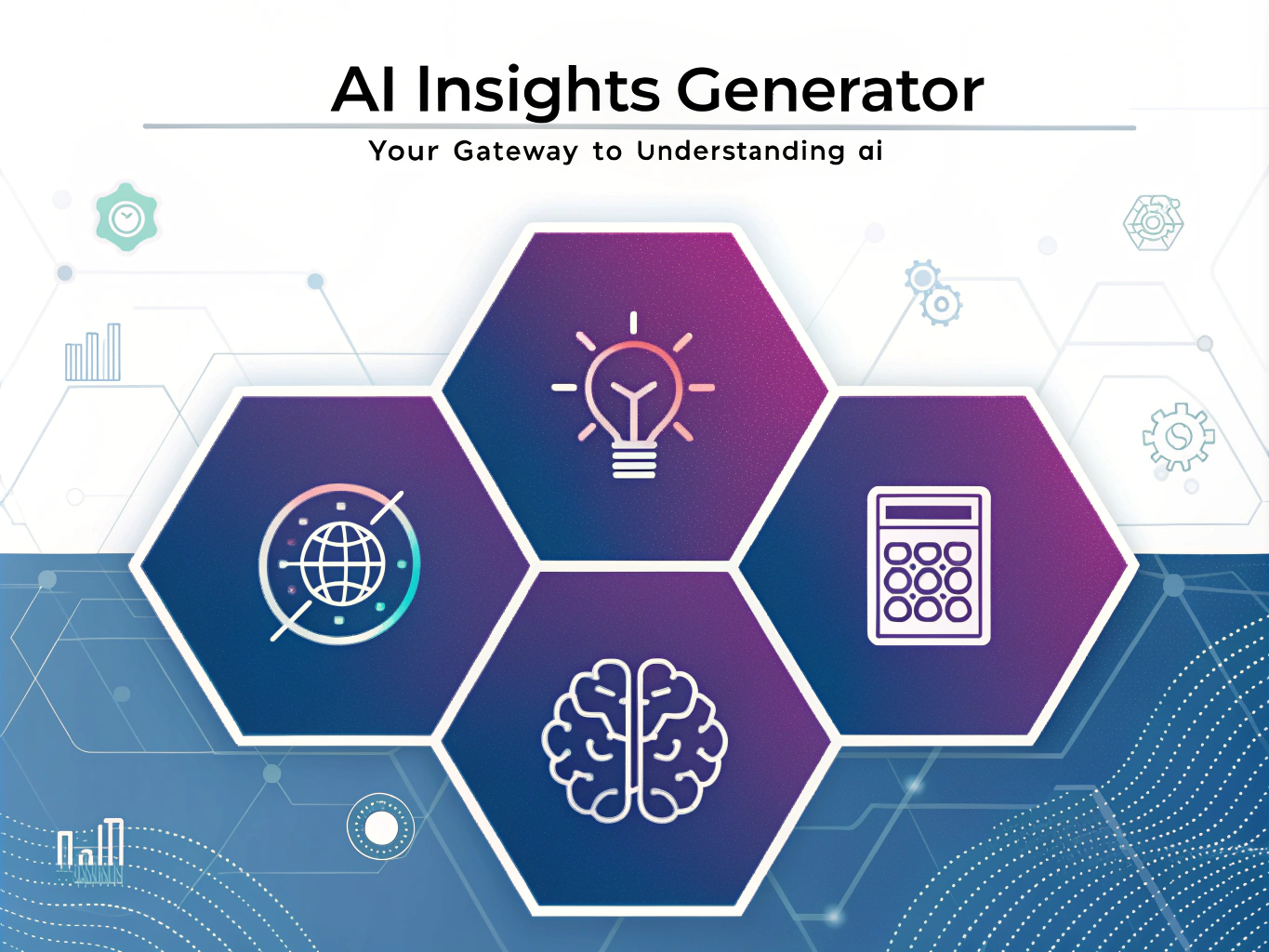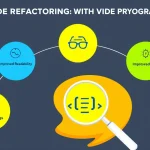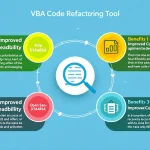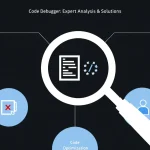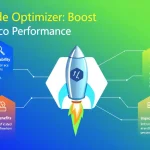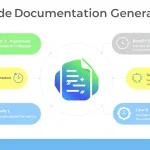Is this tool helpful?
How to Use the AI Insights Generator Effectively
The AI Insights Generator helps you explore artificial intelligence by focusing on specific areas of interest. You can customize your inputs to get detailed, relevant insights. Here’s how to fill out the main fields:
-
Mathematical Concepts: Enter precise mathematical topics you’d like to explore. Examples include:
- “Fourier transforms in signal processing”
- “Markov chains in stochastic modeling”
-
Programming Languages or Frameworks: Specify languages or tools related to AI development. Examples:
- “Rust for system-level machine learning”
- “Scikit-learn for data analysis”
-
AI Strategies: Describe AI approaches or methods you want insights on. Examples:
- “Meta-learning techniques for adaptive models”
- “Attention mechanisms in sequence modeling”
-
Technical Focus for News: Highlight a specific AI subfield for recent updates. Examples:
- “Explainable AI in healthcare diagnostics”
- “Federated learning in mobile devices”
- Generate Insights: After entering your topics, click the “Generate AI Insights” button. You’ll receive a thorough breakdown covering mathematical concepts, programming techniques, AI strategies, and relevant news tailored to your interests.
You can leave fields empty to receive general information. More specific inputs provide focused and detailed insights.
Introduction to the AI Insights Generator
The AI Insights Generator is a web-based tool designed to help you understand the core components of artificial intelligence. It gathers your inputs on mathematics, programming, AI strategies, and technical topics to produce customized insights. Whether you are a student, professional, or enthusiast, this tool guides you through AI fundamentals and recent developments.
By breaking AI into key parts—mathematical foundations, coding frameworks, strategic approaches, and current news—you can build a clear, well-rounded understanding. This tailored approach helps you grasp complex concepts, learn new programming tools, discover AI methodologies, and stay updated with emerging technologies.
Key Benefits of Using the AI Insights Generator
- Personalized learning: Focus on topics that match your interests and goals for efficient knowledge building.
- Connecting theory and practice: Explore how mathematical principles translate into real AI systems through code.
- Keeping current: Access the latest AI advancements and emerging areas in a single tool.
- Comprehensive overview: Understand AI from multiple angles for balanced insight.
- Simplified explanations: Receive clear descriptions that break down complex ideas into understandable terms.
- Inspiration for learning: Discover new AI areas and deepen your curiosity.
- Time saver: Avoid searching disparate sources by getting consolidated information instantly.
Practical Usage of the AI Insights Generator
This tool serves as an interactive assistant for anyone looking to deepen their understanding of AI. It helps with research, learning, teaching, and staying informed.
1. Academic Research
Students and researchers can use the tool to quickly survey key concepts, programming frameworks, and current trends related to their projects.
- Example: A student exploring “Bayesian networks” and “Python libraries for probabilistic modeling” can gain explanations and code insights.
2. Industry Applications
Professionals in finance, healthcare, or technology fields can uncover AI strategies, coding tools, and news relevant to their work.
- Example: An analyst investigating “time series forecasting” alongside “PyTorch extensions for finance” receives actionable knowledge and updates.
3. Education
Educators can gather up-to-date material and clear explanations to design lessons across AI topics like neural networks or computer vision.
- Example: A professor preparing a lesson on “convolutional neural networks” and “TensorFlow tools” can structure content with practical and theoretical inputs.
4. Entrepreneurship and Innovation
Startups can explore AI techniques and programming ecosystems that align with their product goals and industry trends.
- Example: A founder researching “reinforcement learning” with “cloud AI platforms” gains insights to guide product development.
5. Journalism and Technical Writing
Writers can quickly grasp emerging AI technologies and produce content backed by accurate, clear explanations and recent news.
- Example: A journalist covering “autonomous vehicles” and “edge AI innovations” can write informed, timely articles.
Example Insights Generated by the Tool
Mathematical Foundations
When you provide a concept like “Singular Value Decomposition (SVD),” the generator explains how SVD factors a matrix into its singular vectors and singular values, which helps reduce data dimensionality in machine learning.
$$ A = U \Sigma V^T $$Where $A$ is the original matrix, $U$ and $V$ are orthogonal matrices, and $Sigma$ is a diagonal matrix containing singular values.
Coding Processes
If you specify “R for statistical computing,” the tool might describe R’s strengths in data manipulation, visualization, and integration with machine learning packages like caret.
You could also receive sample code snippets demonstrating model training and evaluation in R.
AI Strategies
Inputting “transfer learning in image classification” yields explanations of reusing pretrained network weights to improve model accuracy with less data, plus an overview of frameworks supporting such techniques.
$$ \theta^* = \arg\min_{\theta} \mathcal{L} (f_\theta (x), y) $$Where $theta$ are model parameters fine-tuned on new data $(x, y)$ using loss function $mathcal{L}$.
Technical News
Entering a keyword like “self-supervised learning” triggers recent development summaries such as new breakthroughs in training models without labeled data, highlighting relevant papers and practical use cases.
This keeps you informed about emerging AI research and its applications.
Important Disclaimer
The calculations, results, and content provided by our tools are not guaranteed to be accurate, complete, or reliable. Users are responsible for verifying and interpreting the results. Our content and tools may contain errors, biases, or inconsistencies. Do not enter personal data, sensitive information, or personally identifiable information in our web forms or tools. Such data entry violates our terms of service and may result in unauthorized disclosure to third parties. We reserve the right to save inputs and outputs from our tools for the purposes of error debugging, bias identification, and performance improvement. External companies providing AI models used in our tools may also save and process data in accordance with their own policies. By using our tools, you consent to this data collection and processing. We reserve the right to limit the usage of our tools based on current usability factors.
